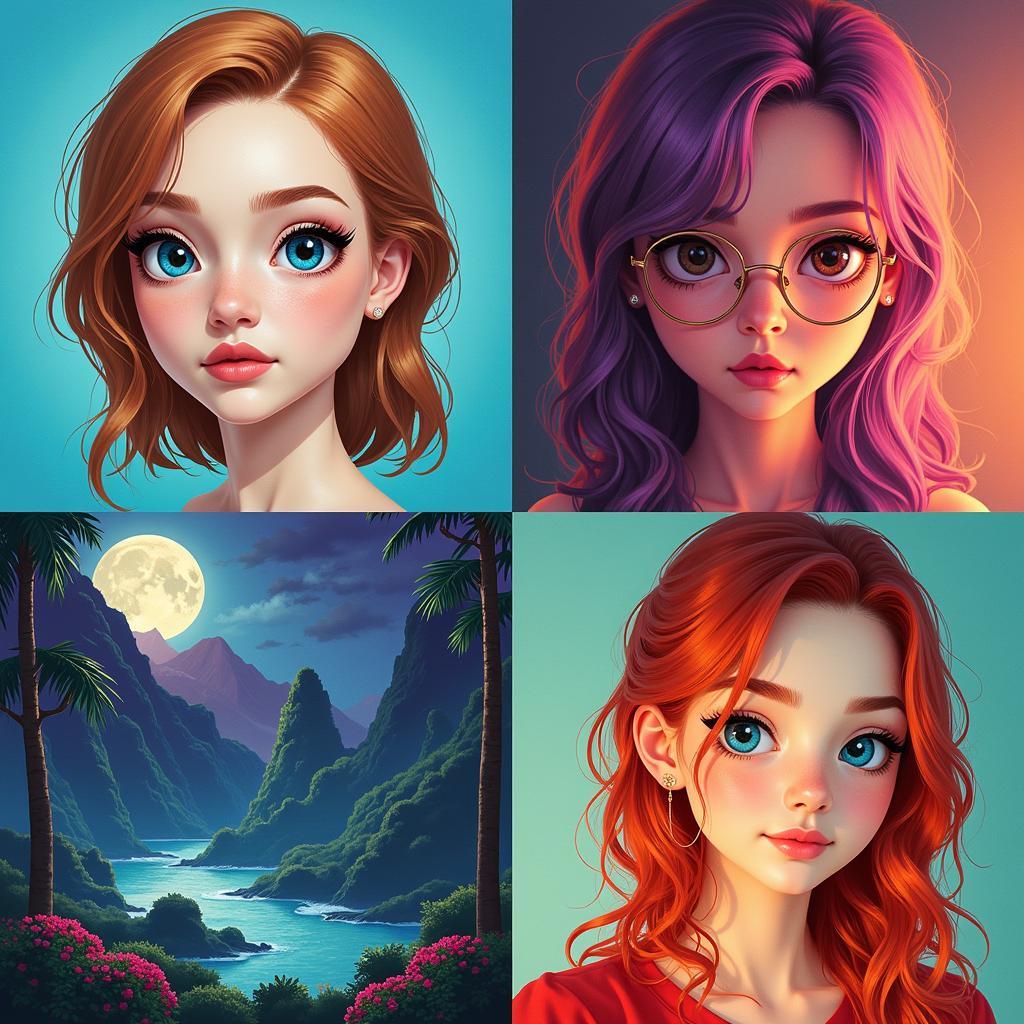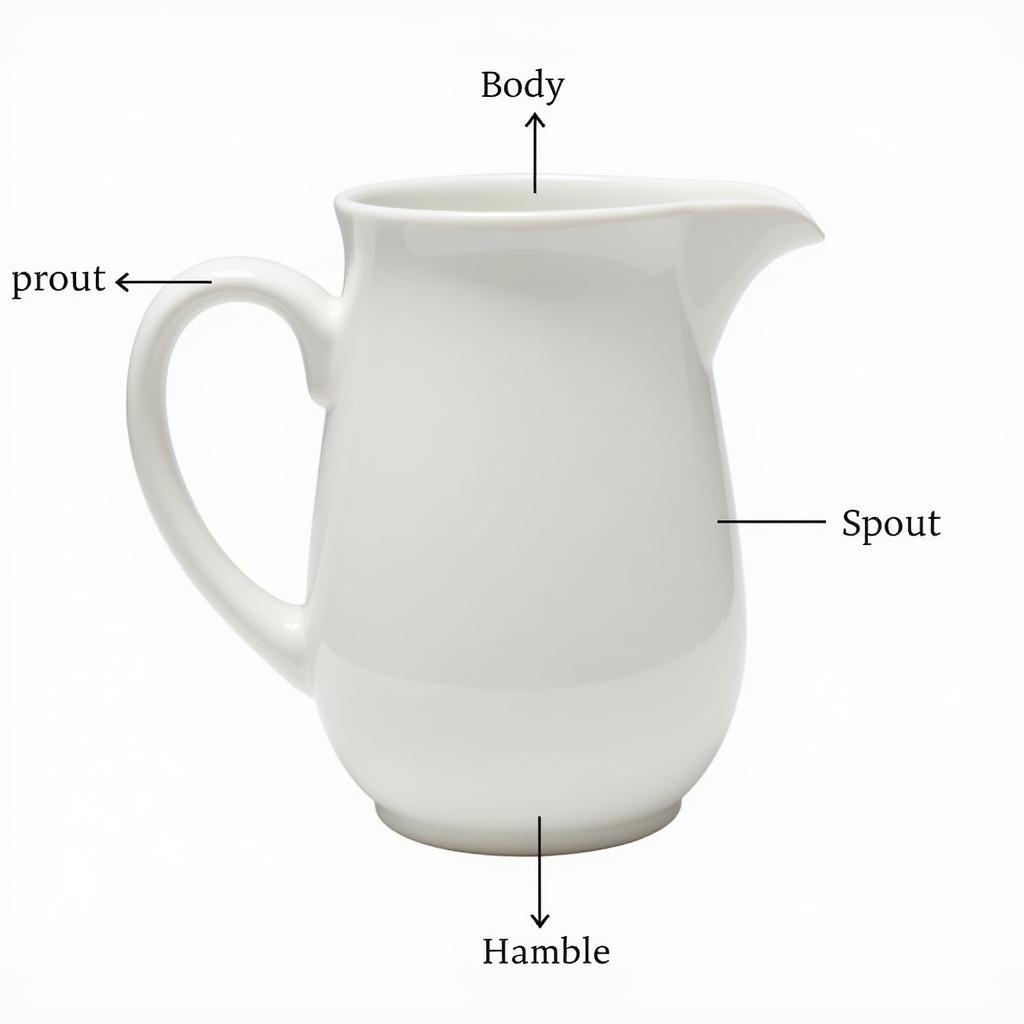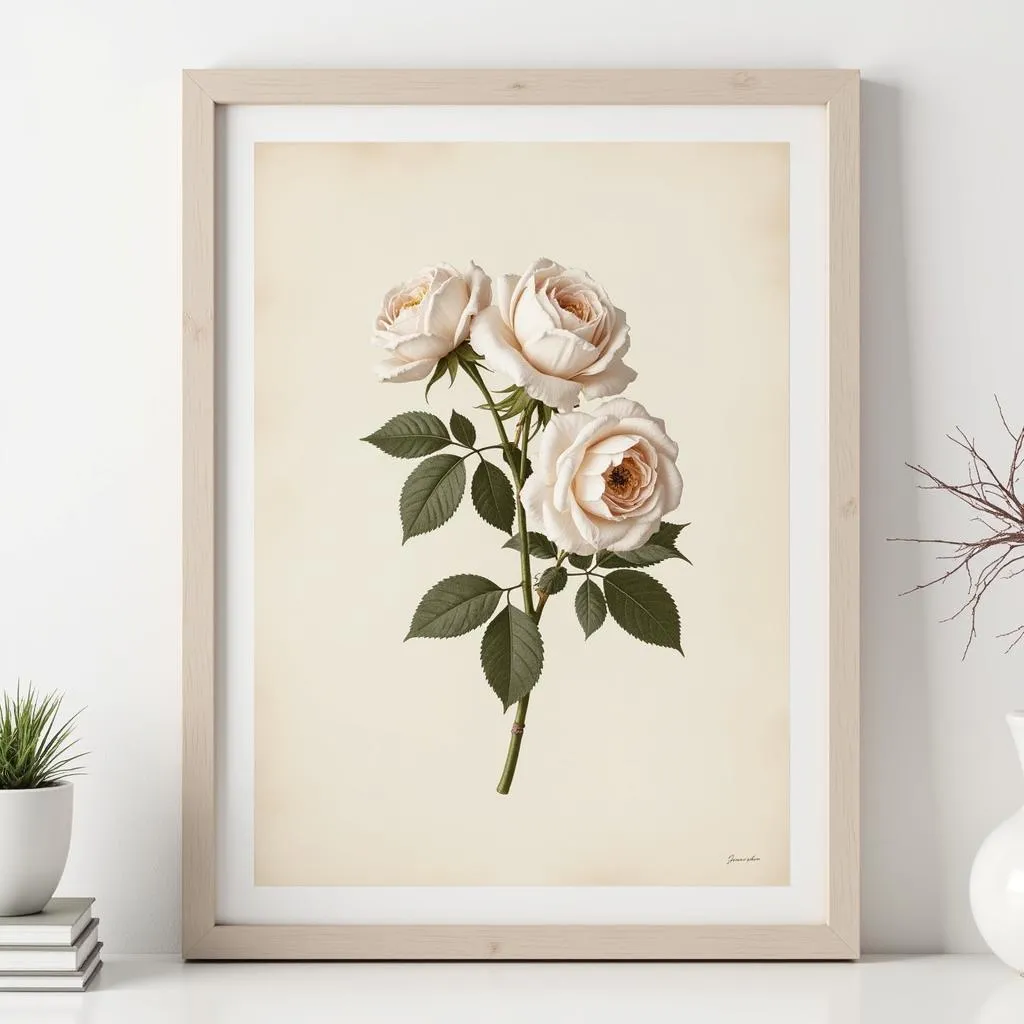Captivating Board Game Art: A Journey into Visual Storytelling
Board Game Art is more than just pretty pictures; it’s the heart and soul of the gaming experience. It breathes life into worlds, defines characters, and sets the stage for epic adventures. From the whimsical illustrations of children’s games to the gritty realism of strategy titles, board game art plays a crucial role in captivating players and immersing them in the gameplay. Even seemingly simple card games benefit from compelling visuals, enhancing the overall user experience. Let’s delve deeper into the fascinating world of board game art and explore its impact.
The Power of Visuals in Board Game Design
Why is board game art so important? It’s the first thing players see, shaping their initial impressions and expectations. Compelling art draws players in, sparking curiosity and excitement. It establishes the theme and tone, setting the stage for the narrative. Think of the vibrant, inviting artwork of “Ticket to Ride” or the dark, brooding imagery of “Gloomhaven”. Each style perfectly reflects the game’s mechanics and intended experience. Beyond aesthetics, board game art serves a practical purpose. Clear iconography and intuitive visual cues contribute to smooth gameplay, making rules easier to understand and follow. Investing in professional quality visuals will contribute significantly towards the perception of your final product. Consider adding a dedicated space in your workspace for a wall art supply organizer.
How Does Art Influence Player Engagement?
Art directly impacts player engagement by creating an emotional connection to the game. It evokes feelings of wonder, excitement, or even fear, drawing players deeper into the world the game creates. Powerful imagery can transform a simple roll of the dice into a pivotal moment in a grand adventure. Just as a captivating book cover can entice a reader, compelling board game art can draw players in, fostering a sense of anticipation and excitement for the game to come.
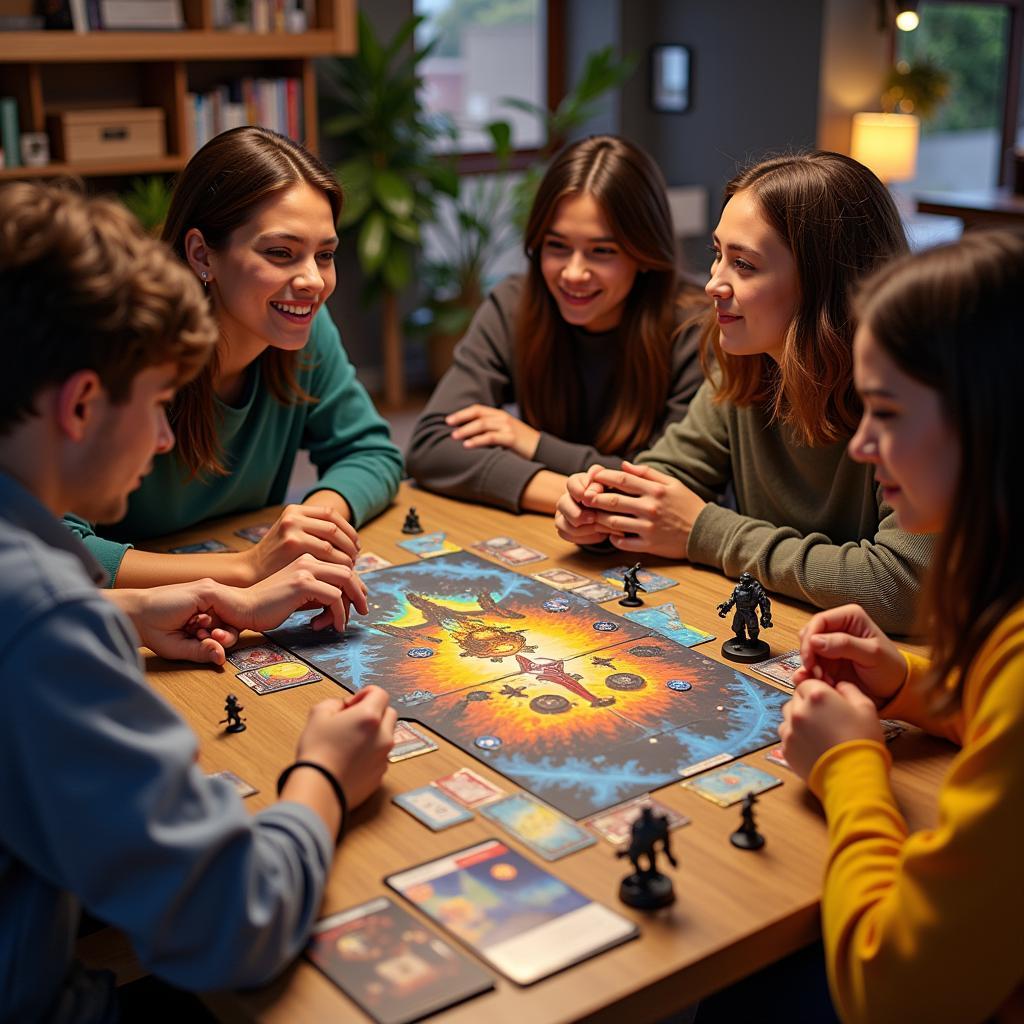 Board Game Art Influencing Player Engagement
Board Game Art Influencing Player Engagement
Creating a World Through Art: Style and Theme
Different art styles evoke different emotions and cater to different audiences. A whimsical, cartoonish style might be perfect for a family game, while a more realistic or stylized approach might suit a complex strategy game. The chosen art style should align seamlessly with the game’s theme and mechanics, creating a cohesive and immersive experience. Imagine playing a dark fantasy game with bright, cheerful artwork – it simply wouldn’t work. The art style needs to reinforce the theme, creating a believable and engaging world for players to explore. If you need extra space for your art supplies, consider looking into storage cabinets for art supplies.
What Are the Different Art Styles Used in Board Games?
From traditional hand-drawn illustrations to digital painting and 3D modeling, the world of board game art offers a diverse range of styles. Each style brings its unique strengths and can contribute to the overall feel and experience of the game. Some common styles include:
- Realistic: Detailed and lifelike depictions.
- Stylized: Exaggerated features and bold colors.
- Cartoonish: Whimsical and playful designs.
- Abstract: Focus on shapes and colors rather than literal representation.
The Collaborative Process: Artists and Designers
Creating board game art is a collaborative process between artists and designers. The designer communicates the game’s vision and mechanics, while the artist translates that vision into compelling visuals. Open communication and a shared understanding of the game’s core elements are crucial for a successful collaboration.
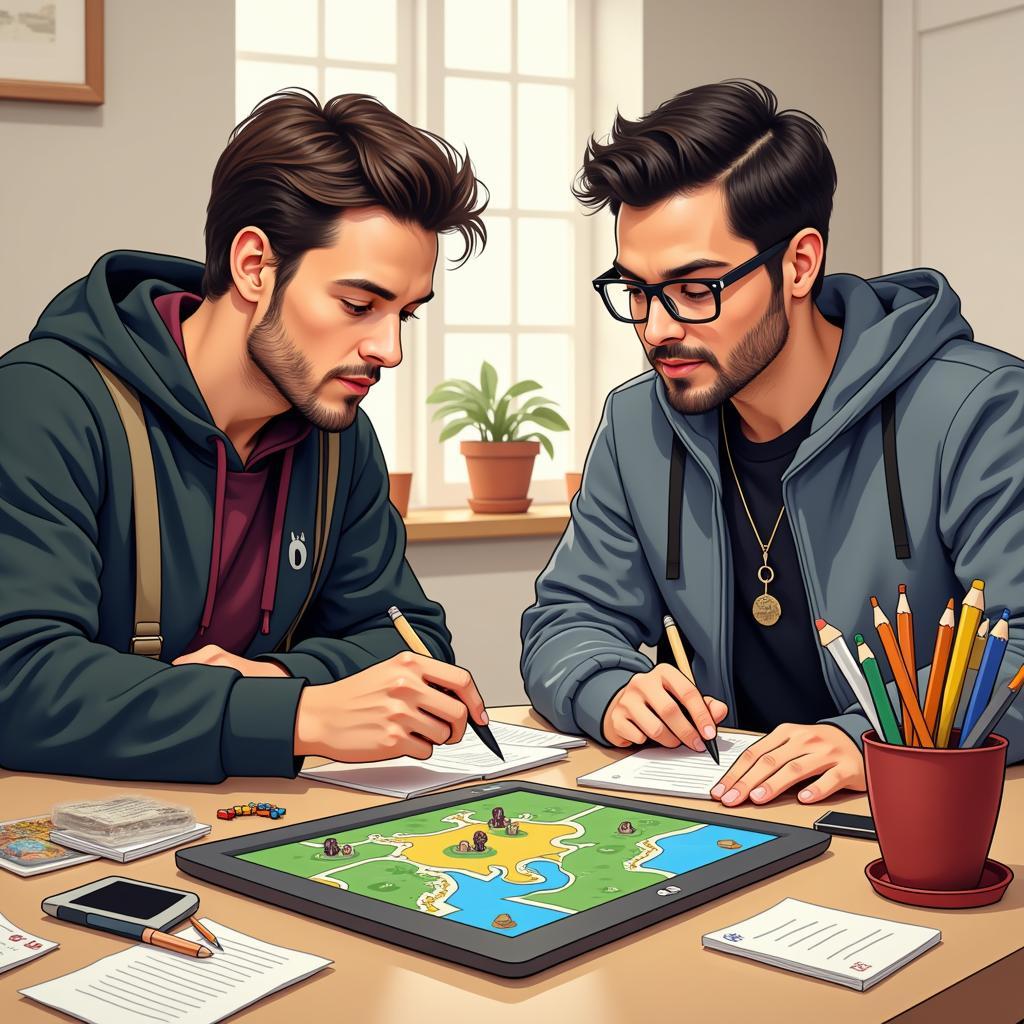 Board Game Artist and Designer Collaboration
Board Game Artist and Designer Collaboration
How Do Artists and Designers Work Together?
The collaboration often begins with concept art, exploring different visual directions and establishing the overall aesthetic. The artist then creates the final artwork for the game components, including the board, cards, and any miniatures. Throughout the process, feedback and revisions are essential to ensure the art effectively supports the gameplay and enhances the player experience. Some aspiring digital artists might even find inspiration in brave concept art.
Board Game Art: More Than Meets the Eye
Board game art is a powerful tool that can elevate a game from a simple pastime to an immersive and unforgettable experience. It’s a testament to the power of visual storytelling and its ability to transport us to other worlds. So, the next time you sit down to play a board game, take a moment to appreciate the art that brings it to life. You might just find a newfound appreciation for the artistry behind your favorite games. For those interested in other art forms, you might want to check out professional nail art tools.
How Can I Appreciate Board Game Art More?
Take the time to examine the details, consider the artist’s choices, and reflect on how the art contributes to the overall gaming experience. You might be surprised by the depth and artistry you discover. You could even engage in some fun art activities yourself, perhaps inspired by something like jack and the beanstalk art activities.
Conclusion
Board game art is essential to creating a captivating and immersive gaming experience. From establishing the theme and tone to enhancing player engagement, art plays a vital role in bringing games to life. By understanding the power of visuals and the collaborative process between artists and designers, we can gain a deeper appreciation for the artistry behind our favorite board games.
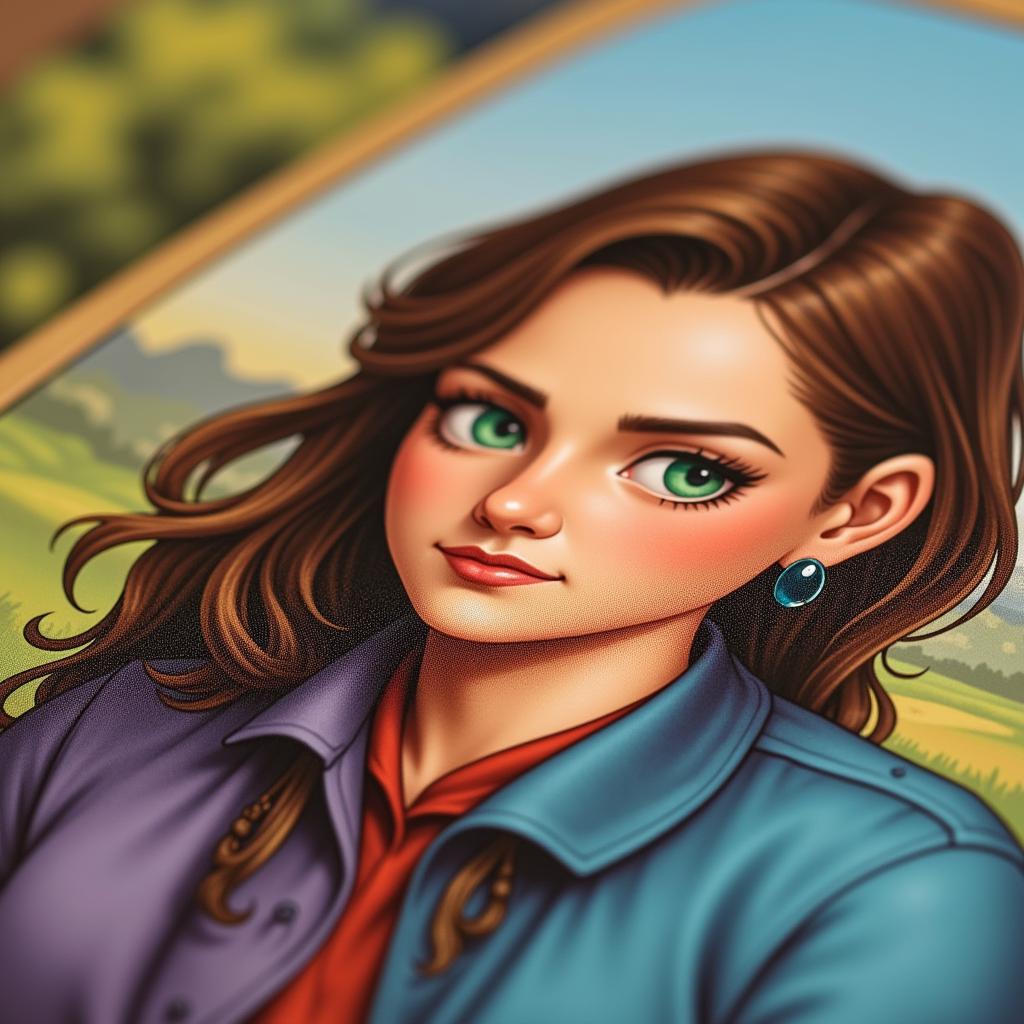 Appreciating Board Game Art
Appreciating Board Game Art
FAQ
-
What makes good board game art? Good board game art effectively communicates the game’s theme, enhances gameplay, and creates an emotional connection with players.
-
How much does board game art cost? The cost varies depending on the artist’s experience, the complexity of the art, and the number of components.
-
What software is used for board game art? Artists use a variety of software, including Adobe Photoshop, Illustrator, and 3D modeling programs.
-
How can I become a board game artist? Build a strong portfolio, network with game designers, and practice your skills.
-
What are some examples of great board game art? Games like “Wingspan,” “Gloomhaven,” and “Everdell” are known for their stunning artwork.
-
How does board game art impact gameplay? Clear iconography and visual cues can make rules easier to understand and enhance the overall playing experience.
-
What are some current trends in board game art? Trends include incorporating diverse representation, using unique art styles, and creating immersive worlds.
For support, please contact us at Phone: 02462573573, Email: [email protected] or visit us at Savico Megamall, 7-9 Đ. Nguyễn Văn Linh, Gia Thụy, Long Biên, Hà Nội 10000, Việt Nam. We have a 24/7 customer service team.

